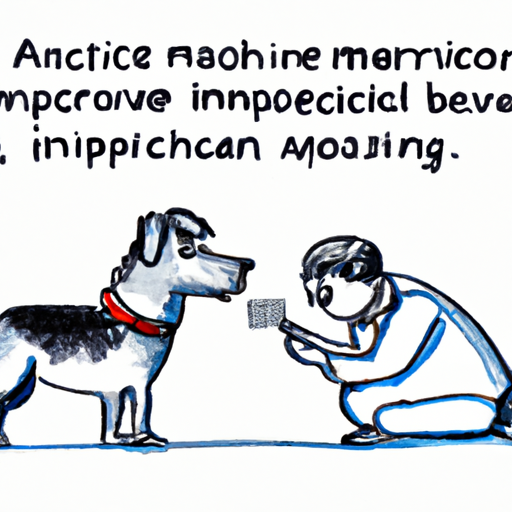“`markdown
How Do Chips in Dogs Work?
Introduction
You’re a responsible pet owner. You’ve brought your furry friend into your home, cared for them, and provided for their needs. But have you considered what would happen if they were to wander off or, worse yet, get stolen? You’ve probably heard about microchipping your pet, but how do chips in dogs work? Let’s break it down for you.
What are Microchips?
Microchips are tiny electronic devices, approximately the size of a grain of rice. They’re inserted under your pet’s skin, usually between the shoulder blades, through a procedure similar to a vaccination.
- Each microchip has a unique number.
- This number can be read by a special scanner.
- The number is registered in a database with your contact information.
This allows you to be contacted if your pet is found and scanned by a vet or animal shelter.
The Process of Microchipping
So how is the microchip implanted?
- Your vet will use a slightly larger needle than used for regular injections.
- The needle will be inserted under the skin between your dog’s shoulder blades.
- The chip is then injected and the needle is removed.
The procedure is quick, usually painless, and can give you peace of mind knowing that if your dog ever gets lost, they have a much higher chance of being returned to you.
The Benefits and Risks of Microchipping
Benefits
- Permanent identification: A microchip can’t be lost like a collar or tag.
- Quick recovery: If your dog is found and taken to a vet or shelter, you can be contacted immediately.
- Proof of ownership: In case of disputes, a microchip provides proof that the dog belongs to you.
Risks
Microchipping is generally safe, but like any medical procedure, it carries some risks:
- Migration of the chip: Sometimes, the chip can move from its initial place.
- Infection: Although rare, the insertion site can become infected.
How to Keep Your Microchip Information Updated
Remember, a microchip is only as effective as the information associated with it. Ensure your contact information is updated in the database. If you move or change your phone number, make it a priority to update your dog’s chip information.
Frequently Asked Questions
Q: Does microchipping hurt my dog?
A: Most dogs don’t react any more to microchipping than they do to a vaccination.
Q: Can the microchip track my dog’s location?
A: No, microchips aren’t GPS devices. They only provide identification when scanned.
Q: Do I still need to put a collar and tag on my dog?
A: Yes, collars and tags are still important for immediate identification. Microchips provide a permanent backup.
Remember, as a loving caregiver, it’s your responsibility to keep your pet safe. Microchipping is a simple and effective way to do that.
“`



